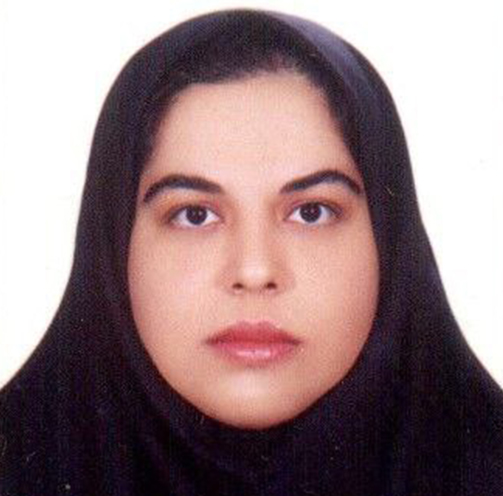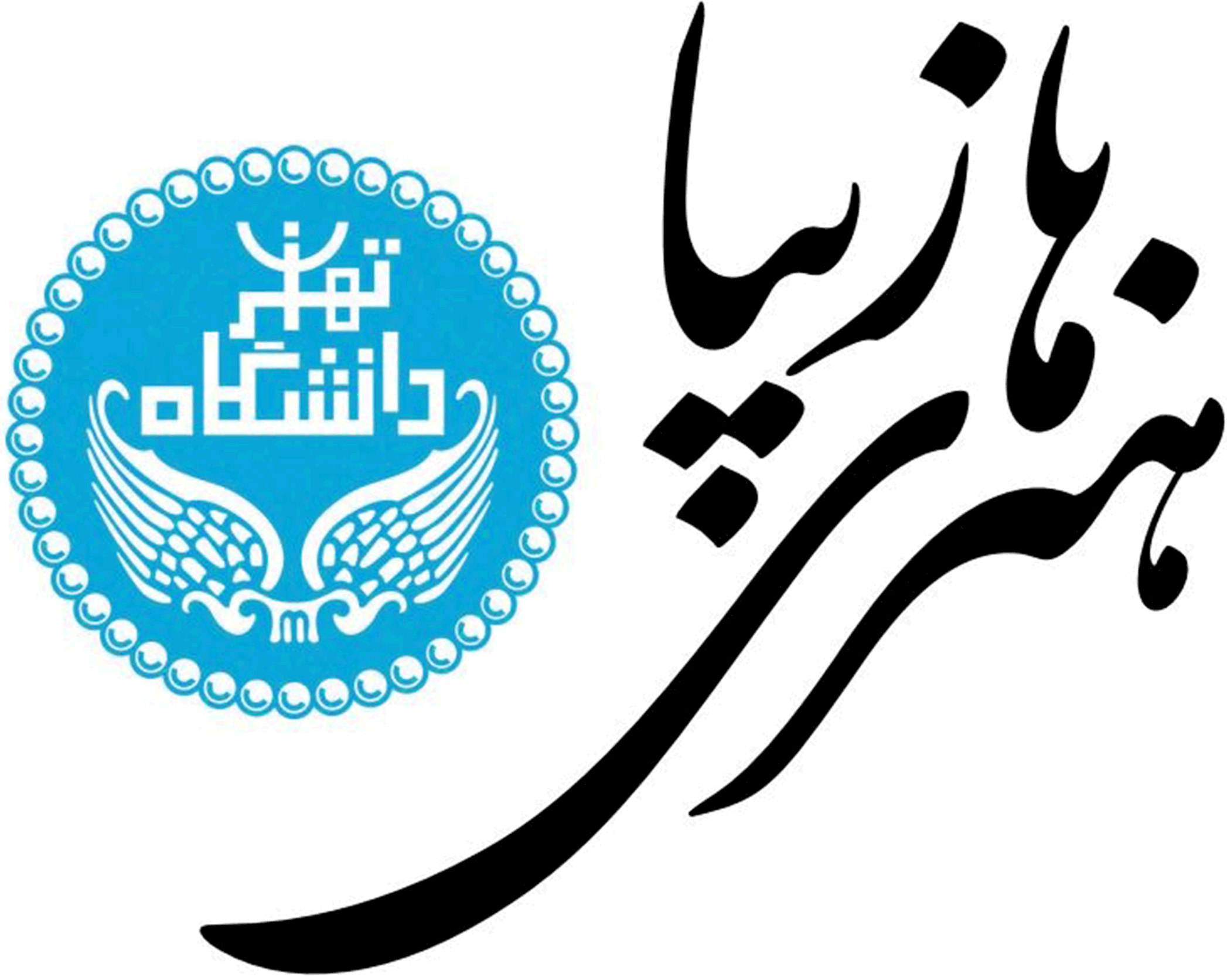بیتا واثقیپناه - دانشکده معماری arch

Bita Vasseghipanah
Architectural Technology
Thesis Title: Recognizing the Role of Techno-Aesthetics in Digital Architecture
Supervisor: Dr. Saeed Haghir
Email: bita_vasseghi@ut.ac.ir
Supervisor: Dr. Saeed Haghir
Email: bita_vasseghi@ut.ac.ir
Summary of Research
With the extensive integration of digital design and construction technologies, it has become increasingly imperative to develop skills related to the aesthetic appreciation of architectural works emerging from these innovations. This leads to a pertinent inquiry: “Has digital architecture, as a significant current in contemporary architecture, succeeded in establishing aesthetic values that extend beyond the appeal of technological advancements?”
This study commences with the premise that “the reliance on transient notions of techno-aesthetics in defining aesthetics within digital architecture contributes to a bias in aesthetic judgment in this domain and constrains its capacity for independent evolution.”
The research posits that by comprehensively understanding the interplay between these two areas as a set of discourses, it is possible to elucidate the dimensions of this dependence and propose strategies to either mitigate or utilize it more intentionally. In pursuit of this objective, the investigation seeks to identify indicators of the dependence of digital architecture on technological aesthetics, alongside exploring their potential independence. Initially, this study addresses definitions of (1) techno-aesthetics, (2) digital aesthetics, and (3) aesthetics in digital architecture, employing Foucault’s genealogical method as a foundation. Subsequently, discourse analysis techniques informed by the works of Foucault and Laclau, and Mouffe are utilized to uncover common discourses that intersect techno-aesthetics and the aesthetics of digital architecture. These sections provide the necessary groundwork for the primary research focus, which examines the role and influence of technological aesthetics on digital architecture through a modified discourse analysis framework adapted from Laclau and Mouffe.
It is anticipated that this dissertation will advance the existing body of knowledge in the fields of philosophy of technology and architectural aesthetics by correlating the outcomes of comprehensive historical research. Furthermore, it aims to uncover strategies drawn from the history of art, thereby providing an analytical framework that facilitates more precise inquiries. Such inquiries are expected to yield creative responses and interpretations in the realms of design, construction, and criticism, consequently broadening the array of acceptable responses to this contemporary issue.
This study commences with the premise that “the reliance on transient notions of techno-aesthetics in defining aesthetics within digital architecture contributes to a bias in aesthetic judgment in this domain and constrains its capacity for independent evolution.”
The research posits that by comprehensively understanding the interplay between these two areas as a set of discourses, it is possible to elucidate the dimensions of this dependence and propose strategies to either mitigate or utilize it more intentionally. In pursuit of this objective, the investigation seeks to identify indicators of the dependence of digital architecture on technological aesthetics, alongside exploring their potential independence. Initially, this study addresses definitions of (1) techno-aesthetics, (2) digital aesthetics, and (3) aesthetics in digital architecture, employing Foucault’s genealogical method as a foundation. Subsequently, discourse analysis techniques informed by the works of Foucault and Laclau, and Mouffe are utilized to uncover common discourses that intersect techno-aesthetics and the aesthetics of digital architecture. These sections provide the necessary groundwork for the primary research focus, which examines the role and influence of technological aesthetics on digital architecture through a modified discourse analysis framework adapted from Laclau and Mouffe.
It is anticipated that this dissertation will advance the existing body of knowledge in the fields of philosophy of technology and architectural aesthetics by correlating the outcomes of comprehensive historical research. Furthermore, it aims to uncover strategies drawn from the history of art, thereby providing an analytical framework that facilitates more precise inquiries. Such inquiries are expected to yield creative responses and interpretations in the realms of design, construction, and criticism, consequently broadening the array of acceptable responses to this contemporary issue.
